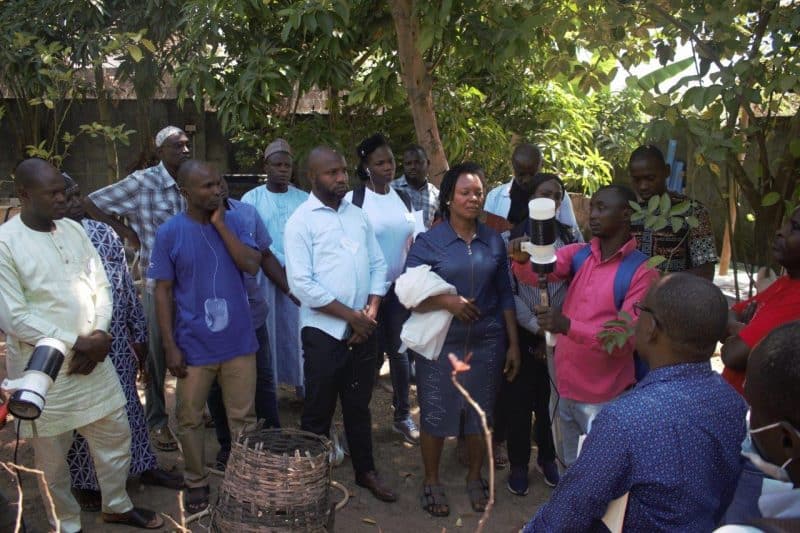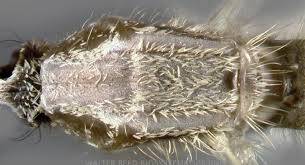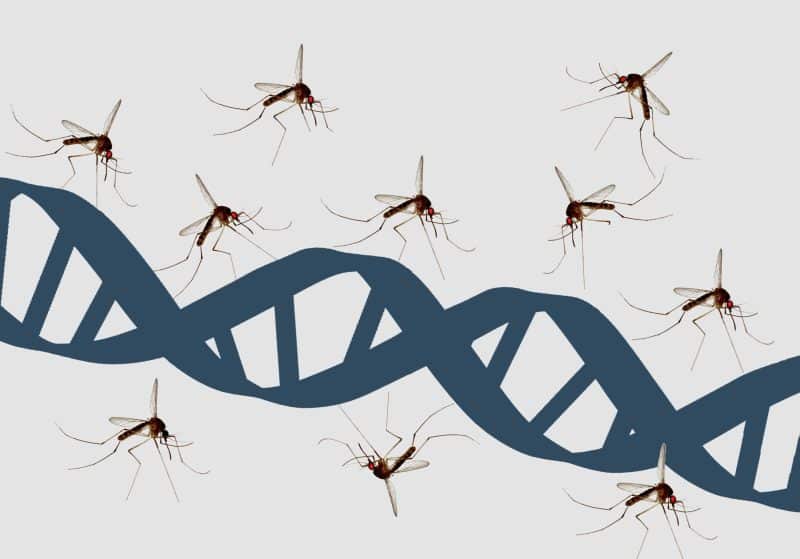AI or artificial intelligence is already revolutionizing everything. The latest one is malaria mosquito surveillance in Africa. Researchers at the University of Florida are using AI to enhance mosquito surveillance. The goal is to fight malaria in the region.

The EMERGENTS Project
There will be a collaboration with a team of researchers. They will explore new solutions to target malaria mosquitoes. This project received a $3.6 million grant from the Institute of Allergy and Infectious Diseases, linked to the National Institutes of Health. EMERGENTS (Enhancing Malaria Epidemiology Research through Genomics and Translational Systems).
The Malaria Issue
Studies show that 249 million new cases of malaria affected the world in 2022. The disease resulted in 608,000 deaths. Unfortunately, Africa has 95% of the world’s malaria deaths in 2022. The center will perform evidence-based strategies for elimination and eradication over the next five years.
The effort will include training a younger generation of African scientists. It will include the broader territorial expansion of the Anopheles stephensi species. This detrimental urban vector began taking over Africa. It will also lead to a new understanding of insecticide resistance among malaria mosquitoes. The global management of malaria will use the data collected at the center. EMERGENTS’ focus is Africa. Its methods and AI technology will have huge implications for the U.S.

Training local scientists to use citizen science to their advantage can help the global mosquito-tracking dashboard back in 2022. The National Science Foundation will provide the funding. The dashboard will be accessible online. It will integrate mosquito data from different platforms into an interactive data portal and dashboard. The dashboard will also use photos people can upload from their phones.
The AI smart trap and dashboard are indispensable tools that give mosquito-control personnel and researchers the real-time data they need. This helps them detect disease-carrying, invasive mosquitoes early.
What to Know About Anopheles stephensi
Anopheles stephensi is one of the most dangerous animals in Africa. It is an invasive species that can thrive in urban and rural habitats. The species even persists during the dry seasons. That is why it threatens to alter the malaria landscape from a common rural ailment to a disease that affects urban and rural communities.
Research reveals that Anopheles stephensi is an efficient vector and still spreads throughout Africa. Scientists believe that this species of mosquito can add another 126 million people in urban communities at high risk of malaria. Back in 2011, Djibouti was already progressing in its malaria elimination efforts. But in 2012, this species was detected in the area. Since then, the cases of malaria have increased about 36-fold. At least 300,000 possible cases in 2020 occurred in an African country of less than a million residents.

The response to Anopheles stephensi can become quicker because of its revised policy around the LSM (larval source management). LSM may be used to control vectors. The PMI task force for this species consists of representatives from various technical areas from different countries. The individuals involved developed an action plan document, which contains activities, protocols, and reference materials for deciding about Anopheles stephensi.
Fighting this species of mosquito will take everything that the EMERGENTS project has. The scientists will be able to use AI and other technologies to target this species of mosquito. The results will help many countries of the world, especially those in tropical and sub-tropical areas.